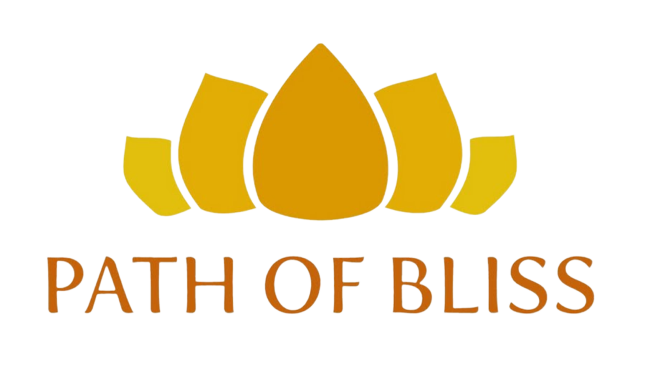Hope is a beacon of light in the darkest of times, a force that propels us forward even when the odds seem insurmountable. It's the belief in a brighter tomorrow, the faith that things will get better, and the courage to face adversity. While some individuals naturally exude hope, others may find it challenging to maintain. Fortunately, there are various approaches one can adopt to cultivate hope, and among them, Yoga stands out as a holistic method that addresses the physical, mental, and spiritual dimensions of our being.
1. The Physical Approach to Hope
At the physical level, hope is intricately linked to the Thymus gland, a vital organ located behind the breastbone. This gland plays a crucial role in our immune system and is responsible for the production of certain hormones. A healthy Thymus gland can influence our overall well-being and, by extension, our sense of hope.
Yoga, with its myriad of postures, directly impacts the hormone production of the Thymus gland. Specific asanas or poses stimulate the gland, ensuring its optimal functioning. As a result, one can experience a boost in energy, vitality, and a renewed sense of hope.
2. The Mental Approach to Hope
Moving beyond the physical, hope also resides in the mental realm, specifically in the Anahata cakra(1) (chakra). Also known as the heart cakra, the Anahata is situated at the midpoint of the chest and is considered the seat of love, compassion, and hope.
Yoga offers techniques for cakra concentration, allowing individuals to focus their energy on the Anahata cakra. Additionally, pranayama, the ancient art of breath control, serves as a powerful tool to strengthen and balance this cakra. By harnessing the power of the Anahata cakra, one can elevate their mental state, fostering a deeper sense of hope and positivity.

3. The Spiritual Approach to Hope
The spiritual dimension of hope transcends our worldly understanding. It's the connection between our individual consciousness and the vast cosmic consciousness. This infinite source of wisdom and positivity is what many seek to tap into, to experience boundless hope.
Yoga, with its profound meditation techniques, offers a pathway to this connection. Through deep meditation, one can align their individual consciousness with the cosmic consciousness, experiencing a sense of oneness and infinite hope.
Conclusion
In a world filled with uncertainties, hope remains our steadfast companion. While there are various methods to nurture hope, Yoga excels as a comprehensive approach. By addressing the physical, mental, and spiritual facets of our existence, Yoga provides a roadmap to a life filled with hope, resilience, and positivity. Whether you're a seasoned yogi or a curious beginner, embracing the teachings of Yoga can be a transformative journey towards cultivating unwavering hope.
Note: (1) The roman transliteration is “Cakra” while the pronounciation is “Chakra”. The letter “Ca” in Sanskrit is pronounced “Cha” in English.

